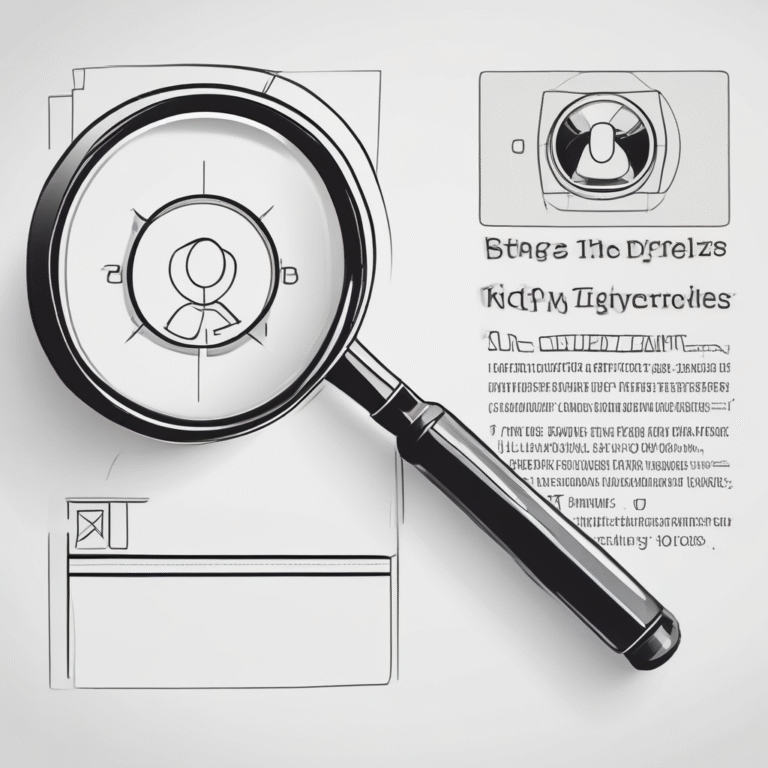Building Medical AI Chatbots: How the EU AI Act Becomes an Architectural Guide
The development of AI systems designed for healthcare in Europe is significantly influenced by the EU AI Act, which categorizes such systems as high-risk. This regulatory framework should not be viewed merely as a challenge but rather as a blueprint for building safer and more effective AI solutions. By focusing on essential principles such as safety, observability, and human partnership, compliance can enhance the overall quality of the products developed.
Imagine creating a user-friendly AI assistant that helps individuals understand their health concerns, such as headaches or unusual rashes. Such a tool would utilize advanced AI to provide practical advice based on current medical information. However, the introduction of the EU AI Act raises concerns about regulatory compliance. Yet, it can also be seen as an opportunity to adopt architectural specifications that prioritize patient safety and quality.
Why “High-Risk” is an Architectural Constraint
When an AI system interacts with health information, it falls under the high-risk category, as outlined in the EU AI Act. This classification is intentional due to the potential serious impacts of inaccurate health information and the sensitive nature of personal health data. Accepting this label necessitates a level of architectural resilience, transparency, and control that is critical for the system’s success.
Compliance is the Blueprint
The approach to compliance should treat the high-risk requirements of the AI Act as primary design principles. This leads to an architecture that emphasizes:
- Clear Separation of Concerns (Modularity): Each function operates as a distinct, manageable unit.
- Inherent Observability: Significant actions and decisions are systematically recorded.
- Integrated Safety Layers: Checks and balances are inherent in the processing flow.
- Designed-in Human Partnership: Human review and control points are explicit parts of the system.
- Data Privacy & Quality First: Handling sensitive data with trusted information sources is foundational.
A Headache Scenario Through the Architecture
To illustrate these principles, consider a user query: “I’ve had a headache for two days — should I worry?” The processing of this inquiry involves several key steps:
- User Input: The user submits their query.
- Input Gateway: The system receives and processes the request.
- Data Privacy & Filtering: User consent is checked, and sensitive personal information is identified and anonymized.
- Query & Context Processing: The text is analyzed to understand intent and extract relevant medical concepts.
- Knowledge Retrieval Mechanism: The system queries trusted medical sources for validated information.
- AI Inference Core: The processed query is sent to the AI model for response generation.
- Output Validation Layer: The AI response is checked against trusted sources for accuracy.
- Safety & Risk Evaluation: The system evaluates for potential emergency indicators.
- Requires Human Review: If flagged, the query is escalated for human oversight.
- Response Formatting: The final response is assembled, including necessary disclaimers.
- Output Gateway: The safe response is delivered to the user.
Meeting the “Timely and Predictable” Requirement
Although the EU AI Act does not specify exact response times, it mandates that high-risk systems operate in a timely and predictable manner. For medical chatbots, this translates to maintaining latency budgets that ensure user safety during interactions.
Architectural Strategies to Achieve the Targets
Several architectural strategies can be implemented to meet compliance targets:
- Parallel, Asynchronous Pipeline: Decouple slower processes to improve efficiency.
- Distilled / Specialized Models for First-Pass Triage: Use smaller models for initial assessments to detect red-flag tokens.
- Retrieval Pre-Computation: Pre-compute data embeddings to speed up information retrieval.
- GPU Pool with Autoscaling: Maintain a pool of warm inference containers for efficient resource use.
Beyond the First Launch
Architectural integrity is not a one-time effort; it requires ongoing compliance management. This includes:
- Continuous Monitoring: Use metrics to track system performance and detect anomalies.
- Regular Evaluation: Test the system periodically against known scenarios to ensure continued accuracy.
- Incident Response: Establish clear processes for addressing alerts or flags quickly.
- Documentation as a Living Artifact: Update architectural diagrams and risk assessments as the system evolves.
- Post-Market Surveillance: Collect and review feedback from users to inform future improvements.
Final Thoughts
The EU AI Act poses challenges for medical chatbots, but it promotes essential engineering practices that enhance safety and reliability. By adopting a framework that values modular designs, observable systems, and strong governance, developers can create trustworthy AI systems that meet regulatory demands and serve user needs effectively. Compliance should be viewed as an opportunity to build better, safer products rather than an obstacle to innovation.










